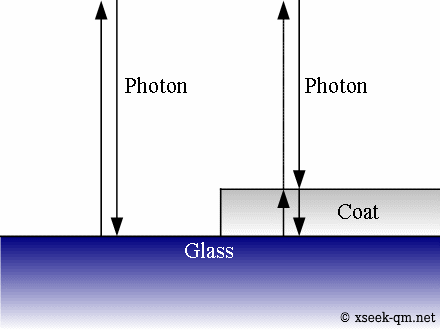This article explores thin-film interference in quantum mechanics, revealing how everyday phenomena can hide surprising quantum effects.

An anti-reflective coating is a very thin-film applied to glass to reduce its reflectivity—a technique widely used today. You can even find it on high-end wristwatches.
So why does such a thin-film suppress reflections? The answer is both fascinating and counterintuitive.
We know that light can behave like a stream of particles. If we assume it always travels as particles, it is difficult to explain why a thin-film reduces reflectivity.
It is not a perfectly smooth surface that matters, but the film’s thickness. When the film has the right thickness, the light waves reflected from its front and back surfaces cancel each other out, dramatically reducing reflectivity. This phenomenon is known as interference.
These particles of light, called photons, can interfere with themselves. Did a photon reflect from the front surface or the rear surface? Amazingly, this interference occurs even for a single photon.
For a photon to interfere with itself at the same place and time, it must somehow take multiple paths, since it always travels at the speed of light. Did the photon really take different paths? The mystery deepens.
© 2002-2014 xseek-qm.net
広告


